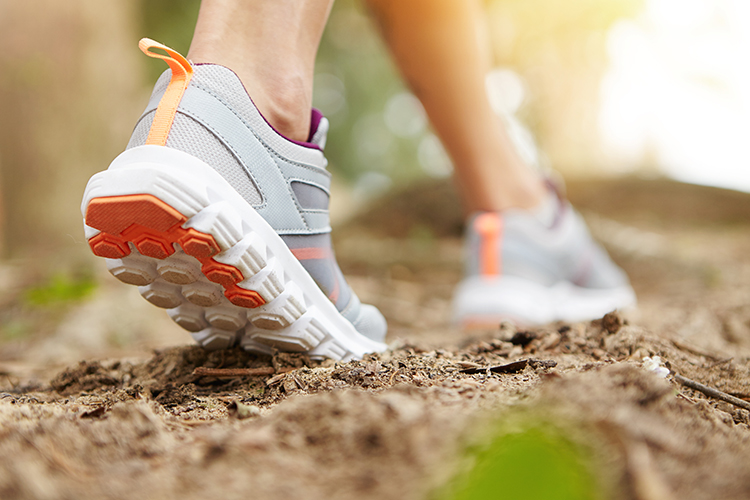Introduction
When it comes to staying healthy, many people think of intense workouts or gym memberships. But the truth is, simply moving your body every day—even in small ways—can make a significant difference to your physical and mental wellbeing. Especially for older adults, people recovering from illness, or those with limited mobility, consistent gentle movement is a powerful tool for staying independent and feeling well.
Why Movement Matters
Our bodies are designed to move. Regular physical activity, even at low intensity, supports nearly every system in the body:
- Improves circulation and heart health
- Supports muscle tone and joint flexibility
- Helps regulate blood sugar and cholesterol
- Boosts energy and reduces fatigue
- Enhances mood and reduces anxiety or depression
- Prevents stiffness and deconditioning from inactivity
In other words, movement isn’t just for fitness—it’s a foundation for function.
Small Steps Make a Big Impact
You don’t need long workouts to see benefits. Some easy ways to move more throughout the day include:
- Short walks: Around the home, hallway, garden, or building
- Chair exercises: Arm raises, leg lifts, or gentle stretches while seated
- Household chores: Cleaning, folding laundry, or light gardening
- Standing breaks: Every 30–60 minutes, stand and stretch for a few minutes
- Balance activities: Practice standing on one foot or shifting your weight side to side
If you’re recovering from surgery or a medical event, movement may start with simple bed exercises under professional guidance. Every step counts.
Listen to Your Body
Movement should feel supportive, not stressful. Pay attention to how your body responds:
- Start slow, especially after illness or long periods of inactivity
- Avoid pain, but expect some mild stiffness or fatigue at first
- Use assistive tools (like walkers or railings) as needed for safety
- Rest when needed—recovery is as important as activity
Movement and Mental Health
In addition to physical benefits, regular movement helps reduce stress and improve mood. It increases circulation to the brain, supports better sleep, and can give a sense of purpose and routine—especially valuable during long recoveries or in older age.
Incorporating Movement into Daily Life
If formal exercise isn’t your style, think of movement as a lifestyle:
- Take the stairs instead of the elevator
- Dance while you cook
- Stretch when watching TV
- Set reminders to stand and move
- Involve family—turn activity into a shared habit
Conclusion
Movement doesn’t have to be intense to be effective. Consistency matters more than perfection. By adding small moments of activity to each day, you support your strength, independence, and overall wellbeing.
Recovery and wellness programs often include gentle movement as a core component of care, helping patients improve function and reduce long-term complications.

